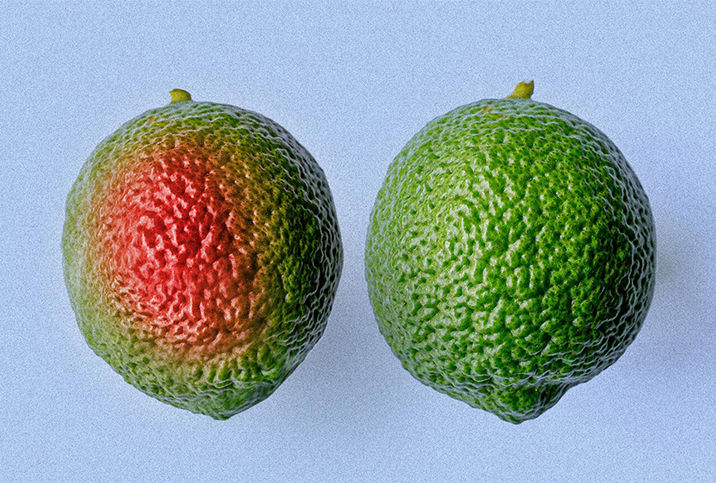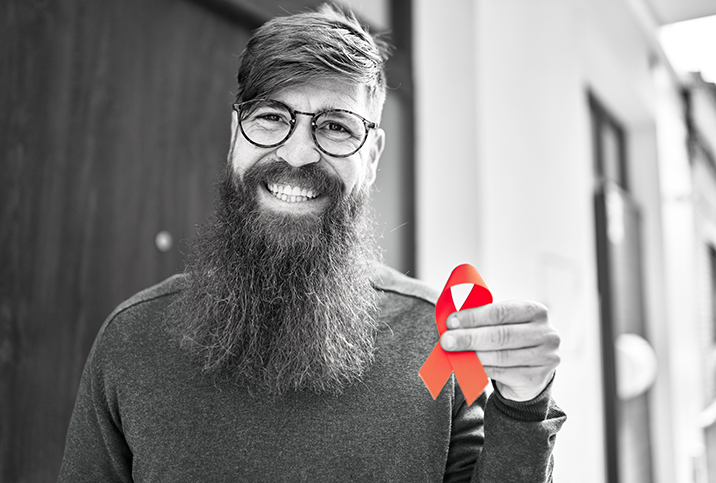Testicular Cancer: Myths & Misconceptions

Testicular cancer sounds pretty scary. But how scary should it be? Is it common, or rare? Do you get it when you’re young, or old? Is it easily treatable, or a death sentence? Which bits of information you've heard about the disease are true?
Let’s separate the facts from the fiction and debunk the most common myths that surround testicular cancer.
Myth: Older men are at higher risk.
Reality: While this is true for prostate cancer, testicular cancer is more common in younger guys; typically, patients are in their 20s and 30s. More than 50 percent of guys diagnosed with it are between 20 and 45—the average age is 33—and testicular cancer after the age of 50 is quite rare, with only 8 percent of cases occurring in men older than 55. All that said, testicular cancer is possible in seniors, as well as in children and teens, so screening is important at any age.
Myth: Testicular cancer is common.
Reality: Only 1 in 250 males (0.4 percent) develop testicular cancer. Prostate cancer, on the other hand, is common, affecting 1 in 7 men. Testicular cancer accounts for only 1 percent of all cancers in men.
Myth: I can’t father children after testicular cancer.
Reality: Fathering children after testicular cancer is absolutely possible. It is also true, however, that testicular cancer and/or its treatment can lower a man’s sperm count and cause infertility. For this reason, men may want to consider cryopreservation before the start of treatment to avoid potential problems if they want to father children after they are cancer-free. Yet most men don’t wind up needing to use frozen sperm. After a man undergoes testicular cancer treatment, getting his partner pregnant can take longer, but most guys succeed: 68 percent, according to a study in Norway. Difficulty impregnating a partner was most difficult for guys who underwent high-dose chemotherapy.
Myth: Testicular cancer can result from injury or a vasectomy.
Reality: No evidence exists to indicate any form of injury to the testicles can cause cancer. Despite common misconceptions that physical injury and elective vasectomies increase testicular cancer risk, neither of these notions is true. This also applies to riding a bike or a horse, getting hit in the testicles during a sports activity or any other trauma. While the vasectomy procedure has risks of its own—chronic pain, spermatocele, hydrocele—undergoing one does not increase risk of testicular or any other cancer. True risk factors for the disease include a history of an undescended testicle, family history, testing positive for human immunodeficiency virus (HIV), Caucasian ethnicity, and being between ages 15 and 35.
Myth: Sex will be worse after testicular cancer.
Reality: After testicular cancer treatment, guys can get back to having sex whenever they feel up to it. They may be sore, and sex may be painful for a few days or weeks after a testicle is removed, but before too long, life should go back to normal. Sex after testicular cancer is typically unchanged. However, shortly after treatment, some men experience decreased libido, which can result in erectile dysfunction. This is especially common after chemotherapy. Additionally, anxiety, doubts about being able to perform or being uncomfortable with physical changes (if a testicle was removed) can contribute to sexual problems. Otherwise, most men report their resumed sex life is healthy and pleasurable.
Myth: Testicular cancer is difficult to treat.
Reality: Happily, testicular cancer is one of the most successfully treated cancers: Only 1 in 5,000 (0.002 percent) patients die of it. Risk of death or serious complication is very rare. Cases detected earlier typically require the least invasive or intensive treatment. Talk to your doctor about testicular cancer screening and prevention.


















